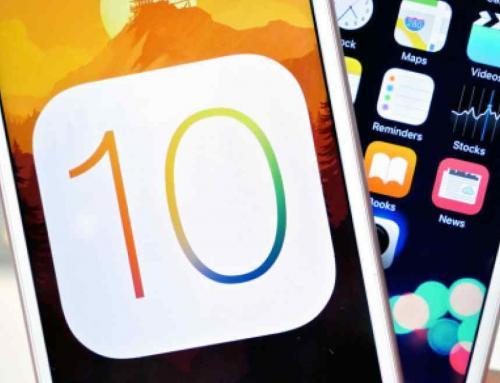The new Android 5.0 operating system release dubbed “Lollipop” was announced in June of 2014 and was released mid-November 2014. Google’s Nexus devices were among the first to ship with and also receive updates to the new OS and many other hardware manufacturers have been releasing updates throughout January 2015 and ongoing. The new Lollipop release contains a number of new features for Android phone users, but also contains new APIs for developers to use when building custom apps. Although the new release contains thousands of APIs for developers, we’ve highlighted some of the most promising related to custom app development features below.
Material Design UI Enhancements
One of the biggest changes in Android 5.0 is the new “Material Design”. Developers now have a framework for creating user interfaces with an enhanced user experience. The Material Design framework enables developers to create apps with 3D view, improved screen transitions, shared UI components across apps, and a number of cool animation capabilities. This new framework will give developers the ability to create a better user experience within apps.
Improved Performance
The new OS provides support for higher-performance 64-bit architectures allowing apps to run natively in 64-bit mode. This means that apps can be developed with more computing power to handle higher workloads which will make apps faster and smoother for users.
Notifications
Android has expanded and enhanced the way that notifications can be handled within apps and displayed to the user via the phone’s home screen. Now app notifications can be displayed on the user’s locked home screen and users can now interact with the app notifications via the locked home screen. The new functionality allows for notifications to be more accessible, visible, and configurable by developers.
Document-centric App Capabilities
Android 5.0 introduces a redesigned “Overview” space (formerly called “Recents”) that’s more versatile and useful for multitasking. New developer APIs enable developers to display separate activities in an app as individual documents displayed alongside other recent screens. For example, an app can now display a list of files related to one app alongside a chat message thread from another app.
Enhanced Camera & Video Features
Lollipop contains a set of new camera-related APIs that will enable apps to capture video in a number of new formats and have fine grained control over various parameters such as ISO sensitivity and frame duration, among others. The new APIs also provide access to camera properties and photo/video related metadata such as time and location of the video which can be incorporated into apps. Apps sending video streams over the network can now take advantage of H.265 High Efficiency Video Coding (HEVC) for optimized encoding and decoding of video data. Android 5.0 also adds support for multimedia tunneling to provide the best experience for ultra-high definition (4K) content and the ability to play compressed audio and video data together.
Enhanced IT Support for the Enterprise
Android 5.0 has a number of features to assist IT departments within the enterprise who support employees using their own devices. There is a new managed provisioning process which creates a secure work profile on the device so that apps that are work-related can be displayed in the launched view with a “Work” badge and can be administered inside of the work profile by an IT administrator. For company-owned devices, IT administrators can start with a new device and configure it with a device owner. Employers can issue these devices with a device owner app already installed that can configure global device settings. These new features enable the IT manager within the Enterprise to have better control over management of apps and security of data.






